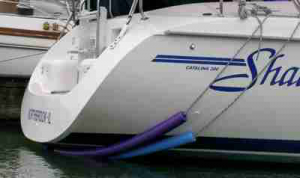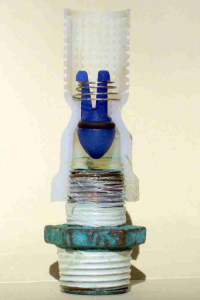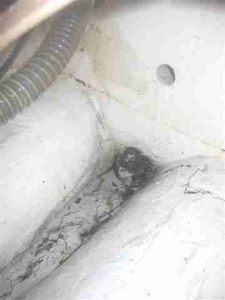Caution- Davit Stress Corrosion
Richard Herbst
February, 2008 Hull #: C380 #93
According to Keith at Kato Marine (katomarine.com, 410-269-1218), earlier models of their davits were built using 304 stainless steel (including early 1998 when my boat, hull #93, was built). If they are continually stress-loaded (i.e., carry the dinghy all the time on the davits) while used in the tropics or similar climate, they may develop stress corrosion (i.e., cracking) of welded joints. If stress corrosion is evident, his advice is to have a qualified welder re-weld it and, in addition, add a gusset (about 1-inch triangular piece of filler metal) on each side of the broken weld. The gussets provide extra insurance against joint failure; it is impossible to know what is going inside the tubes by way of additional deterioration. For the same reason, Kato also suggested not drilling holes in the davits [eg: for wiring].
My
You need to be logged in to see the rest of this content. Catalina380-IA members, please login.
To join please fill out a membership application (Association->Membership Application) and send a check to the address on the form.




